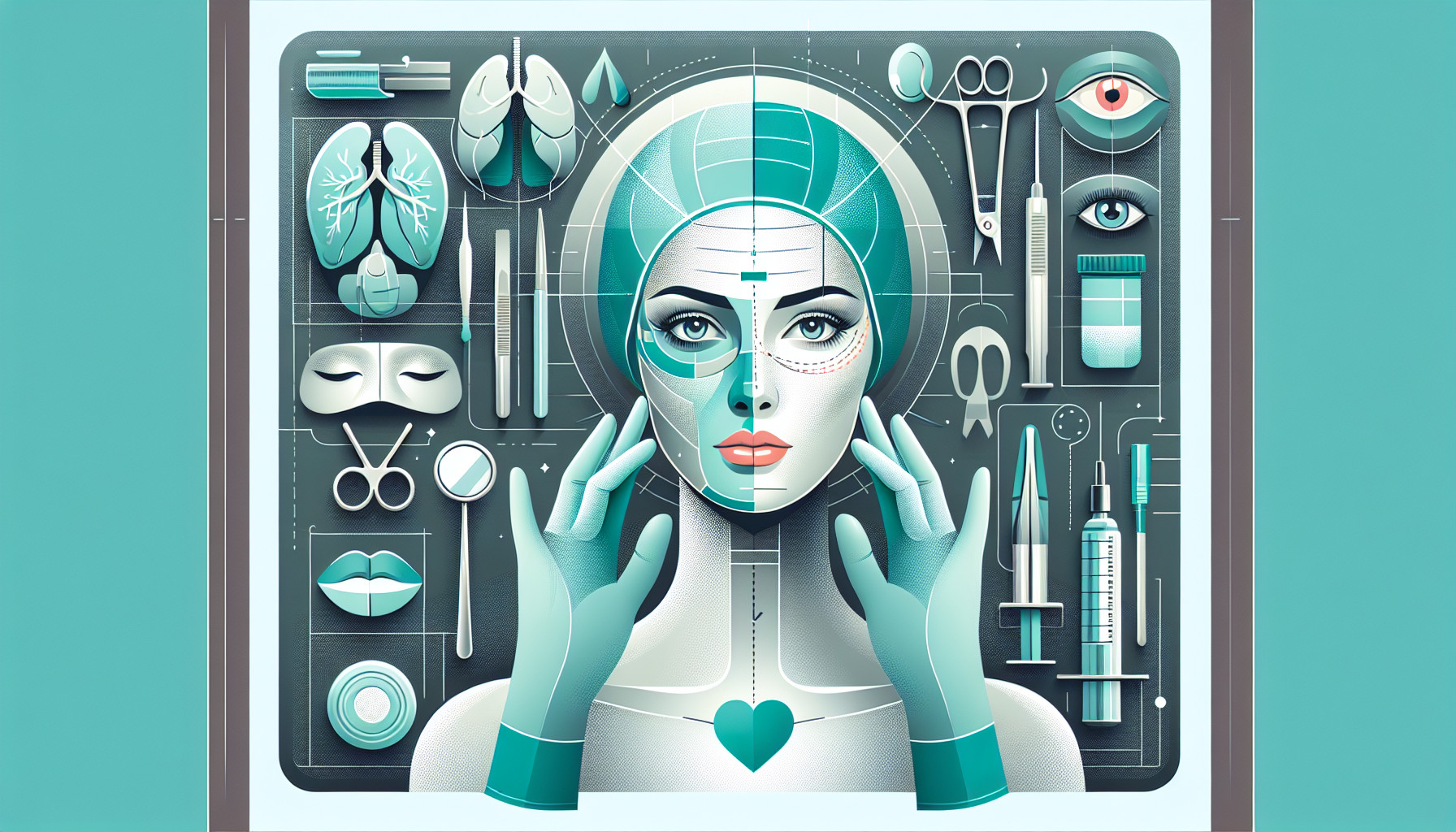Our Summary
This study aimed to develop a tailored approach to lower eyelid surgery (lower blepharoplasty) for East Asian patients. The researchers looked at the results of 913 patients who had this surgery between 2008 and 2020. They categorized the patients based on their specific eyelid characteristics before surgery to create a personalized treatment plan.
The patients fell into four groups: those with fat bulging out from their lower eyelid but no loose skin; those with loose skin and slight fat bulging; those with sagging skin, slight fat bulging, and tear troughs (a groove or hollow at the inner corner of the eye); and those with sagging skin, moderate to severe fat bulging, and tear troughs.
The overall success rate of the surgeries was very high, at 97.81%. However, there were some post-surgery complications such as swelling of the clear lining of the eye (conjunctival chemosis), dry eyes, and others.
In conclusion, by accurately assessing each patient’s eyelid characteristics before surgery and creating a personalized surgical plan, the researchers achieved excellent results. The success of the surgery depends not only on the actual surgical procedure but also on a thorough understanding of each patient’s unique eye structure.
FAQs
- What is the purpose of the graded approach in East Asian personalized lower blepharoplasty?
- What kind of postoperative complications were observed in the study of lower blepharoplasty?
- What factors contribute to the success of the lower blepharoplasty surgery?
Doctor’s Tip
A helpful tip a doctor might tell a patient about blepharoplasty is to carefully follow all postoperative care instructions provided by the surgeon. This may include keeping the eyes clean, avoiding rubbing or touching the treated area, using prescribed eye drops or ointments, and attending follow-up appointments as scheduled. Proper care after surgery can help promote healing and reduce the risk of complications.
Suitable For
Patients who are typically recommended for blepharoplasty include those with fat herniation, lower eyelid skin laxity, sagging lower eyelid skin, tear troughs, and moderate to severe fat herniation. In this study, East Asian patients with these characteristics achieved satisfactory postoperative results through personalized treatment plans based on preoperative assessment. The success of the operation depends on the surgeon’s accurate assessment and understanding of each patient’s anatomy. Postoperative complications may include conjunctival chemosis, dry eye symptoms, and more.
Timeline
Before blepharoplasty:
- Patient notices sagging skin, fat herniation, and tear troughs around the lower eyelids.
- Patient schedules a consultation with a plastic surgeon to discuss the procedure.
- Surgeon evaluates the patient’s specific characteristics and creates a personalized treatment plan.
- Preoperative tests and evaluations may be conducted to ensure the patient is a suitable candidate for surgery.
After blepharoplasty:
- Patient undergoes the lower blepharoplasty procedure.
- Patient experiences postoperative swelling, bruising, and discomfort around the eyes.
- Patient follows postoperative care instructions provided by the surgeon, including the use of cold compresses and prescribed medications.
- Follow-up appointments are scheduled to monitor healing progress and address any concerns.
- Patient gradually sees improvement in the appearance of the lower eyelids as swelling subsides and the surgical site heals.
- Patient may experience postoperative complications such as conjunctival chemosis, dry eye symptoms, and more, which can be managed by the surgeon.
- Patient achieves satisfactory postoperative results with a high success rate of 97.81% in the study population.
What to Ask Your Doctor
- What are the potential risks and complications associated with lower blepharoplasty?
- How will my specific characteristics, such as fat herniation or lower eyelid skin laxity, be taken into account during the surgical planning?
- Can you explain the personalized treatment approach that will be used for my lower blepharoplasty?
- What is the expected recovery time and postoperative care plan for lower blepharoplasty?
- How many lower blepharoplasty procedures have you performed, and what is your success rate?
- Can you provide before and after photos of patients with similar characteristics who have undergone lower blepharoplasty?
- What are the long-term results of lower blepharoplasty, and will I need any additional procedures in the future?
- Are there any alternative treatments or procedures that could achieve similar results for my lower eyelids?
- How should I prepare for the lower blepharoplasty procedure, both physically and mentally?
- What are the costs associated with lower blepharoplasty, and will it be covered by insurance?
Reference
Authors: Liu J, Huang C, Song B. Journal: Indian J Ophthalmol. 2022 Aug;70(8):3088-3094. doi: 10.4103/ijo.IJO_222_22. PMID: 35918978
